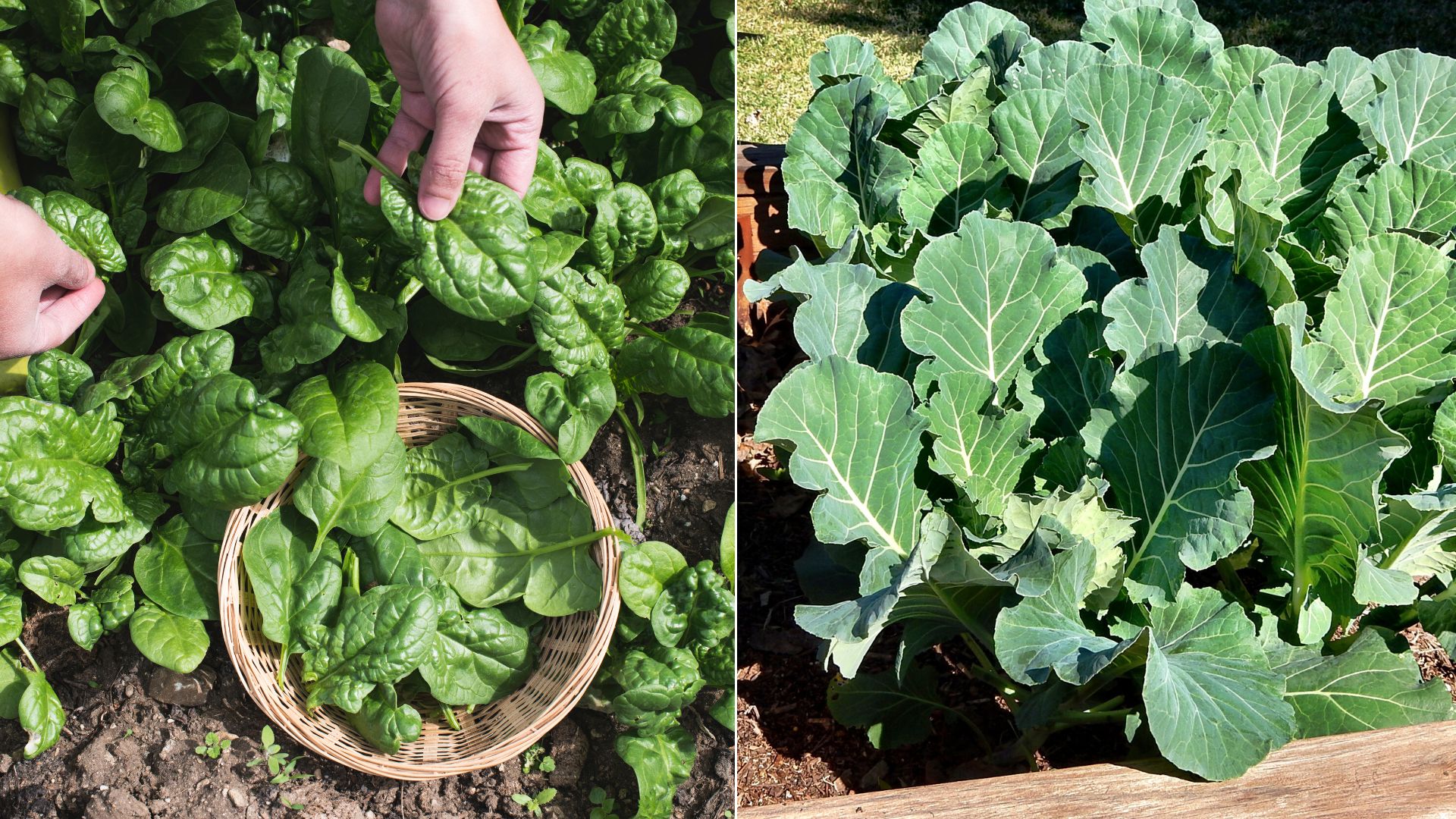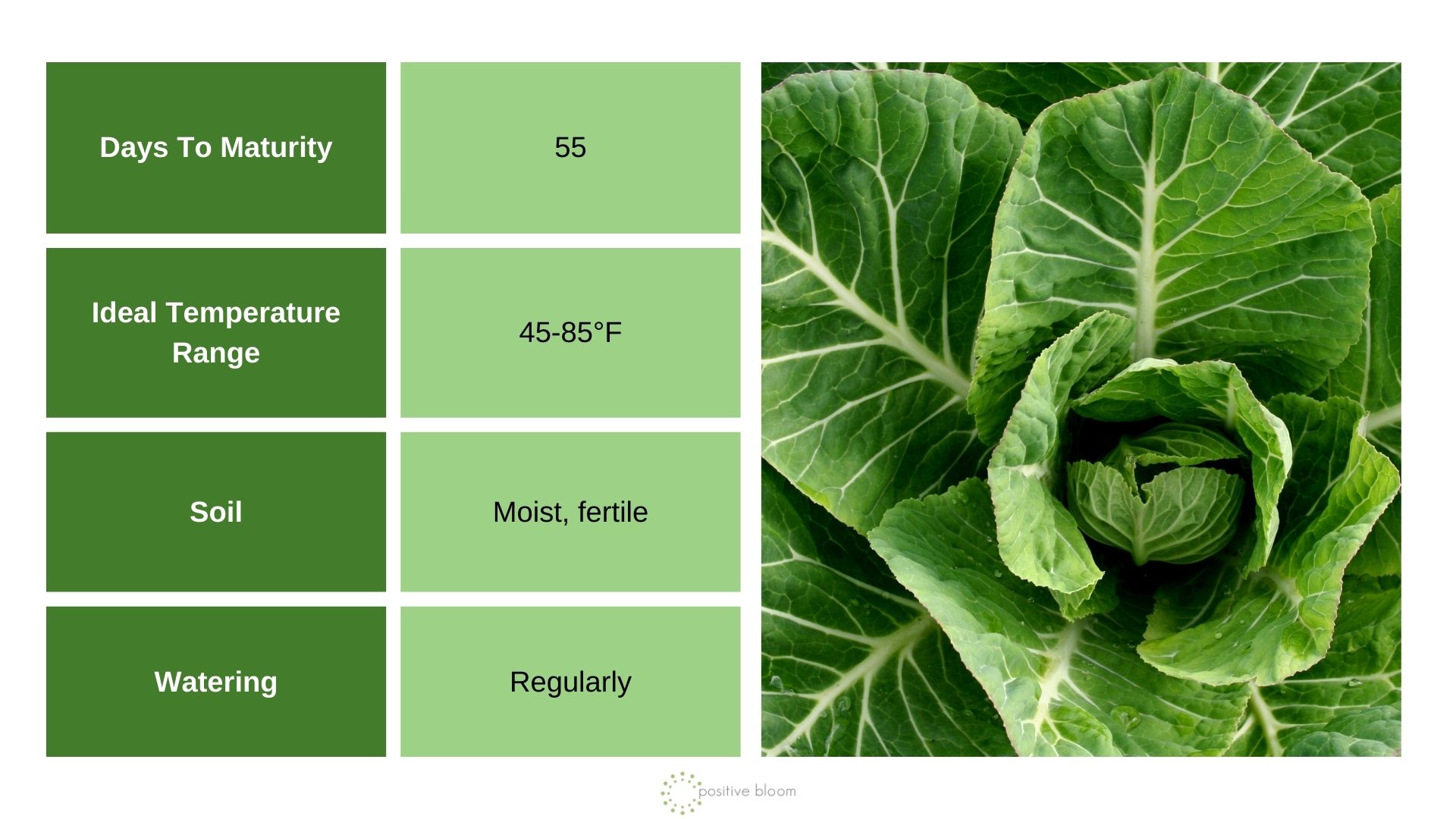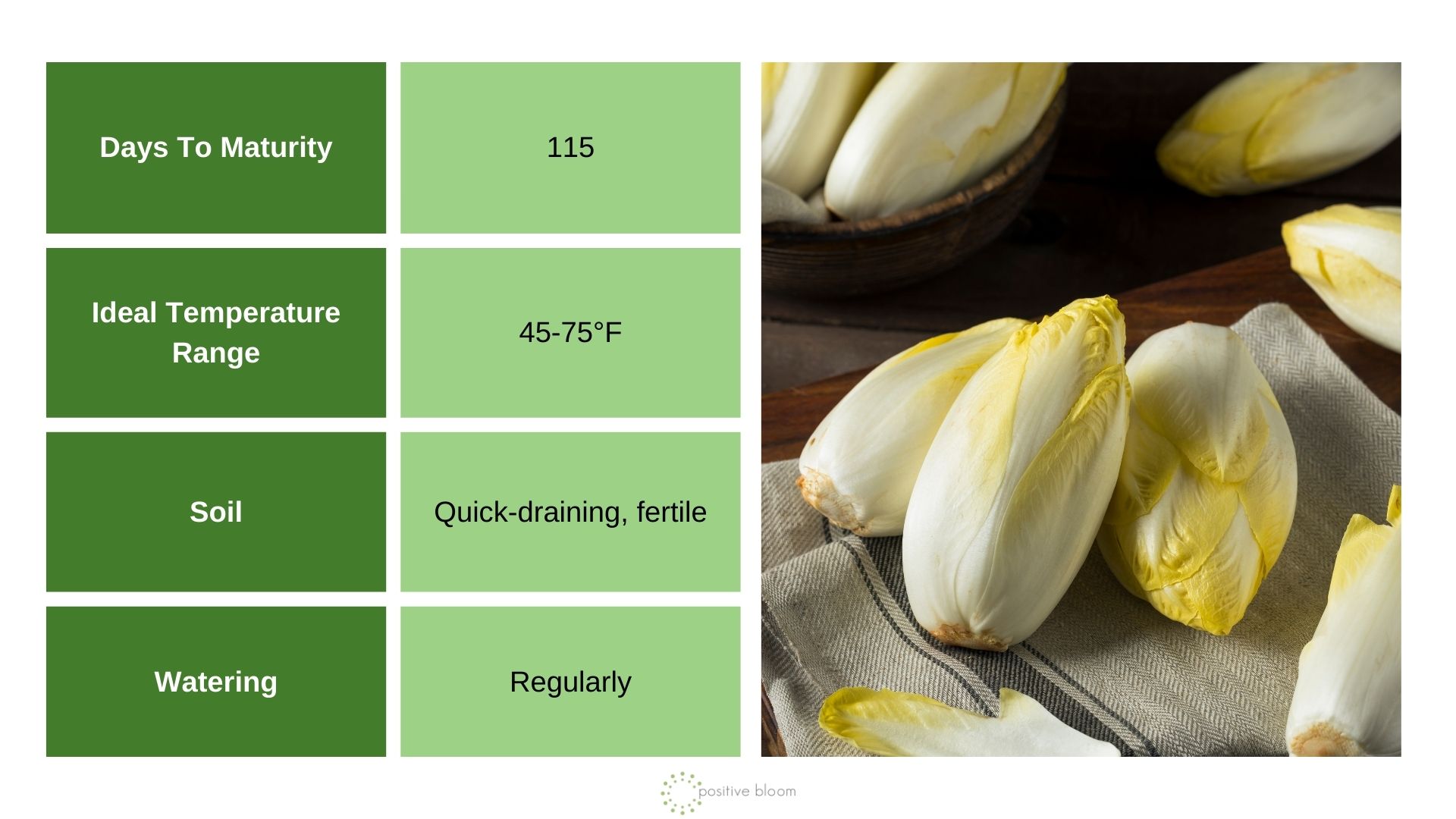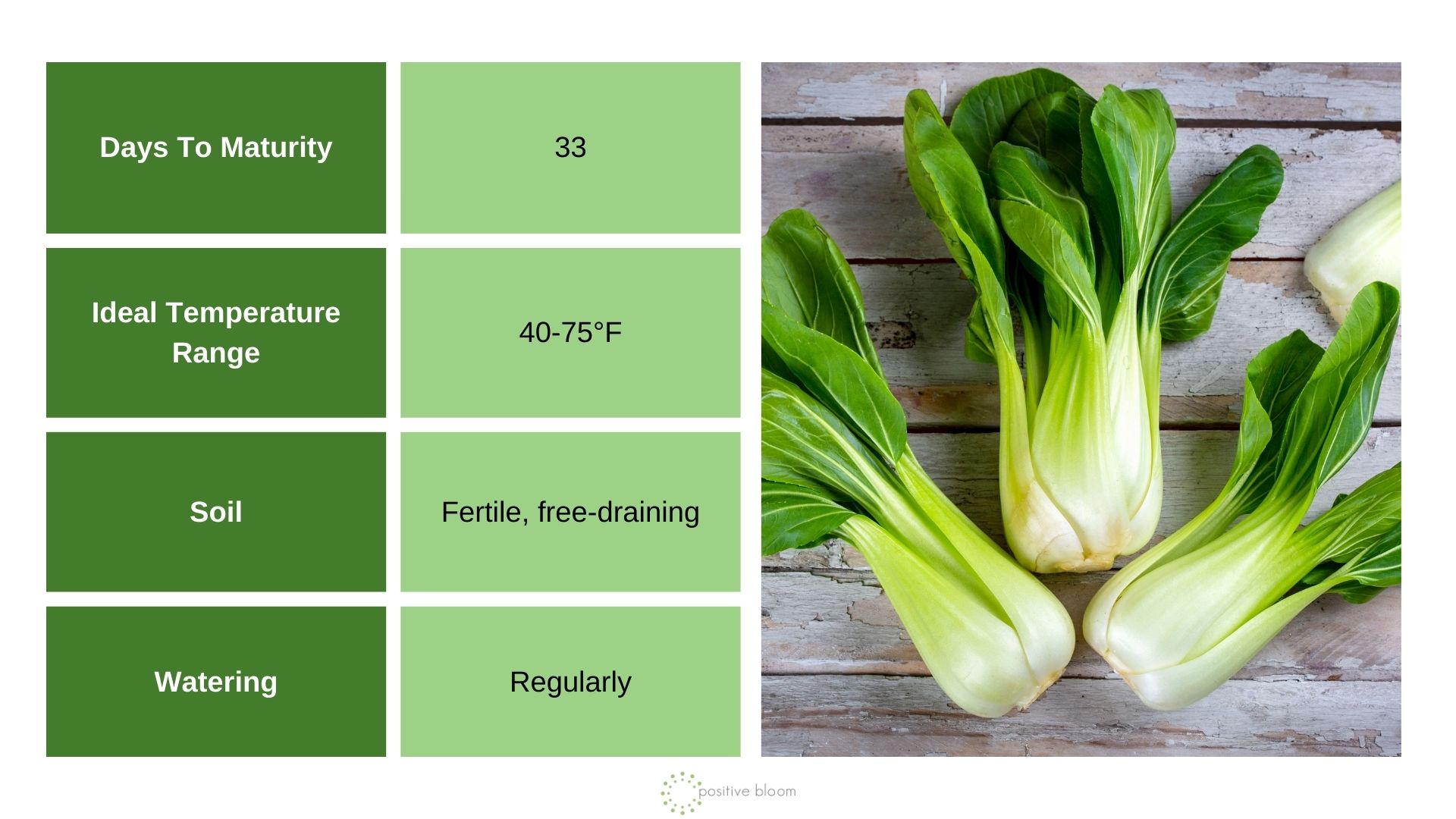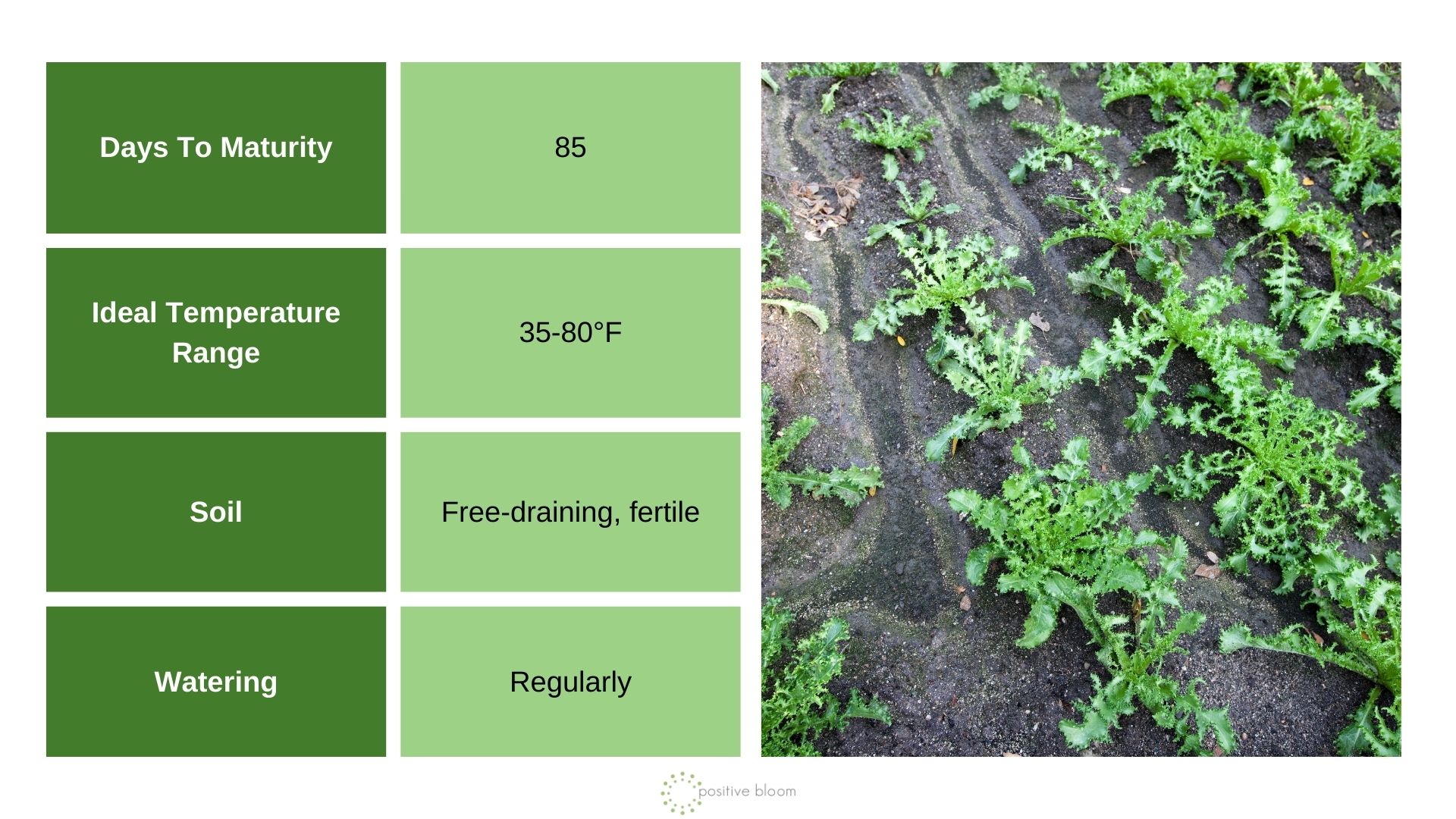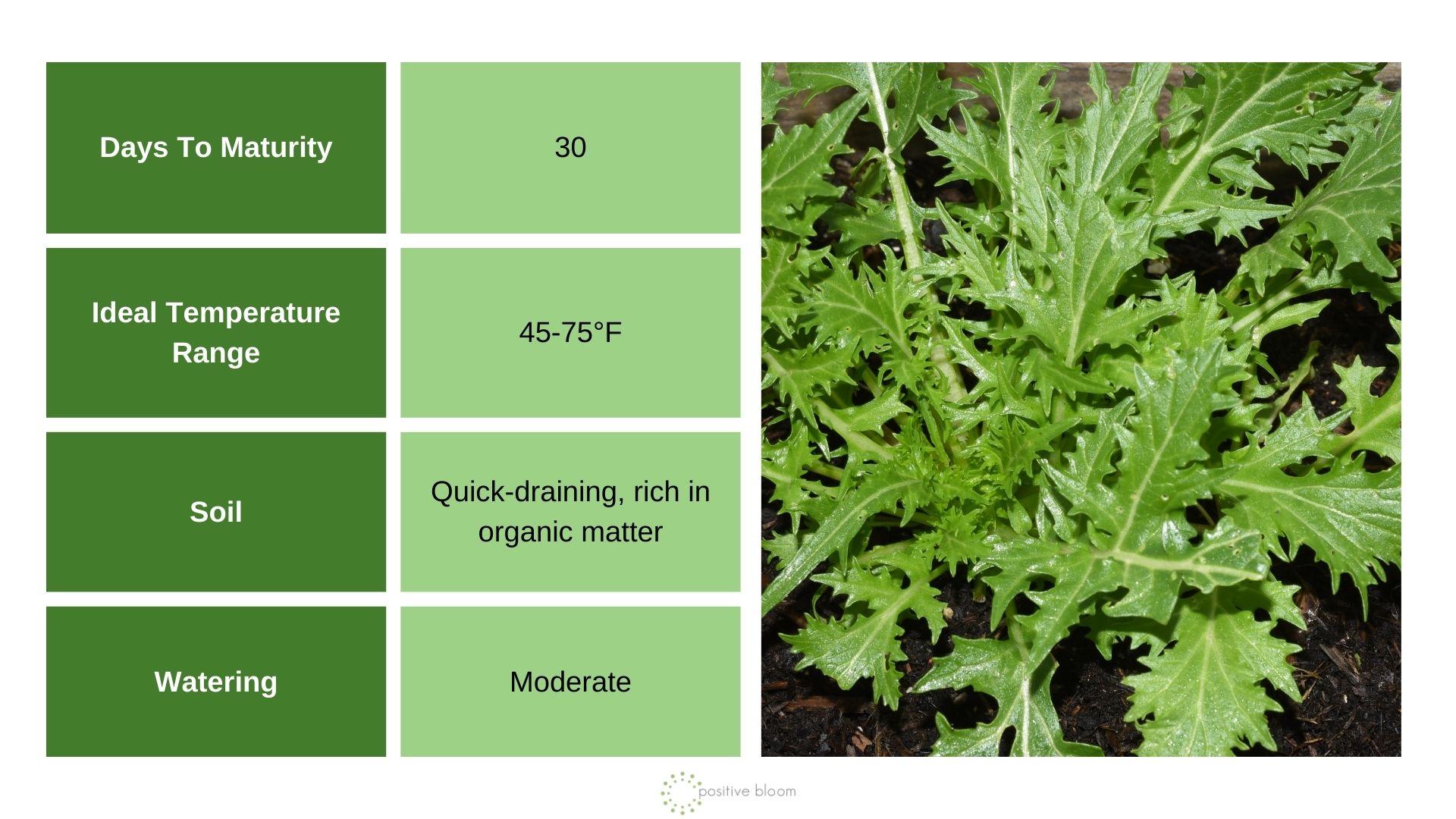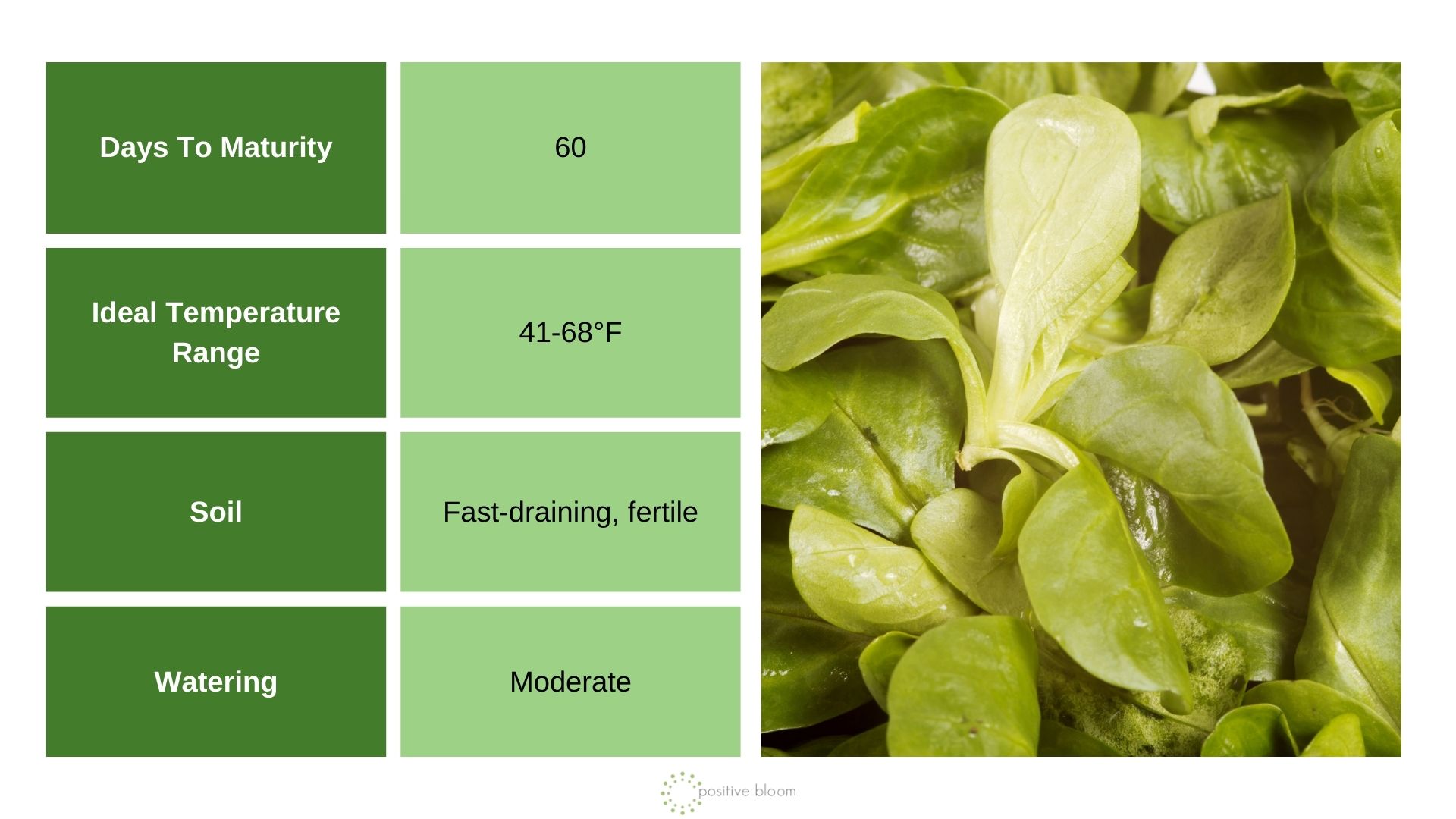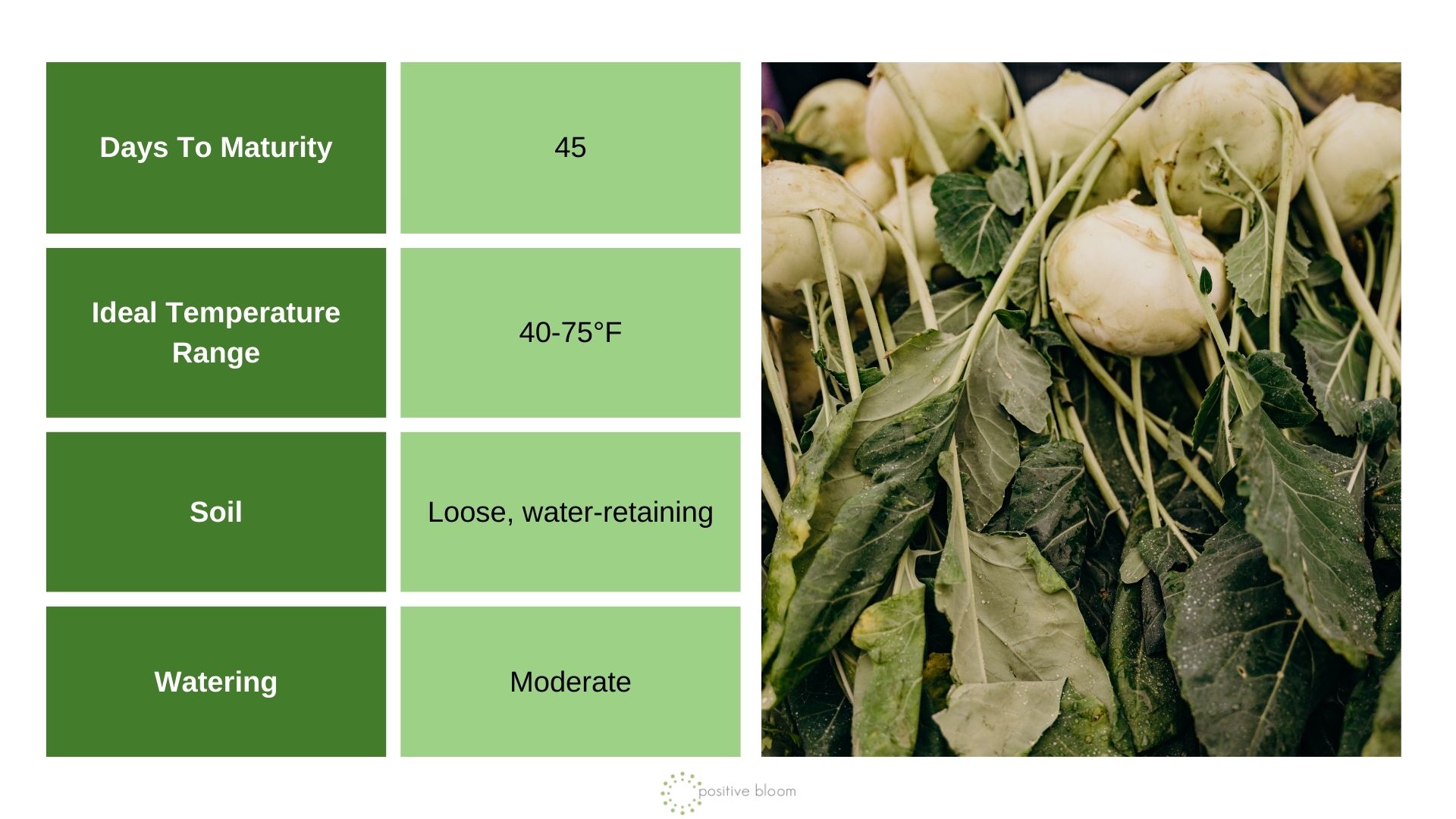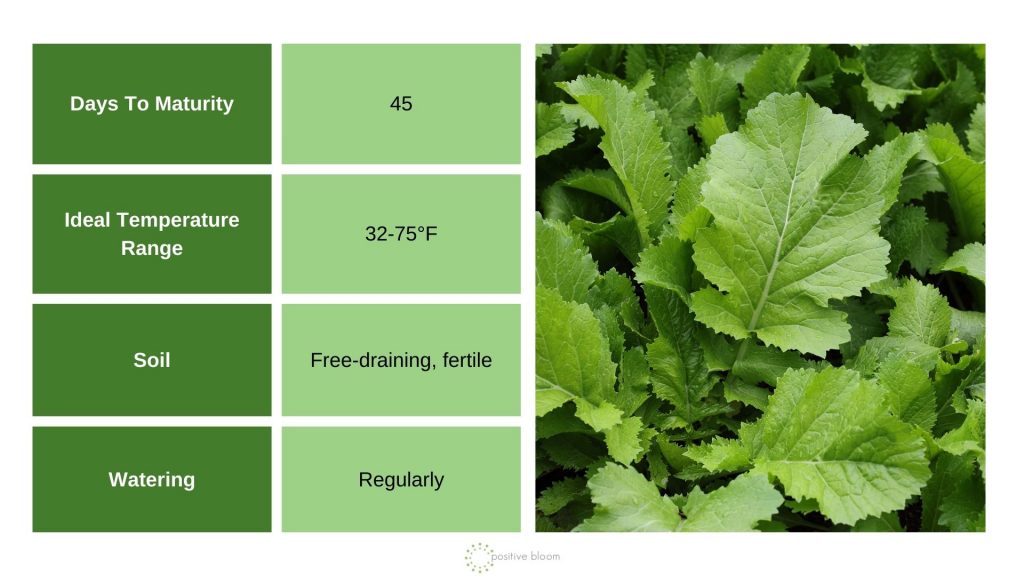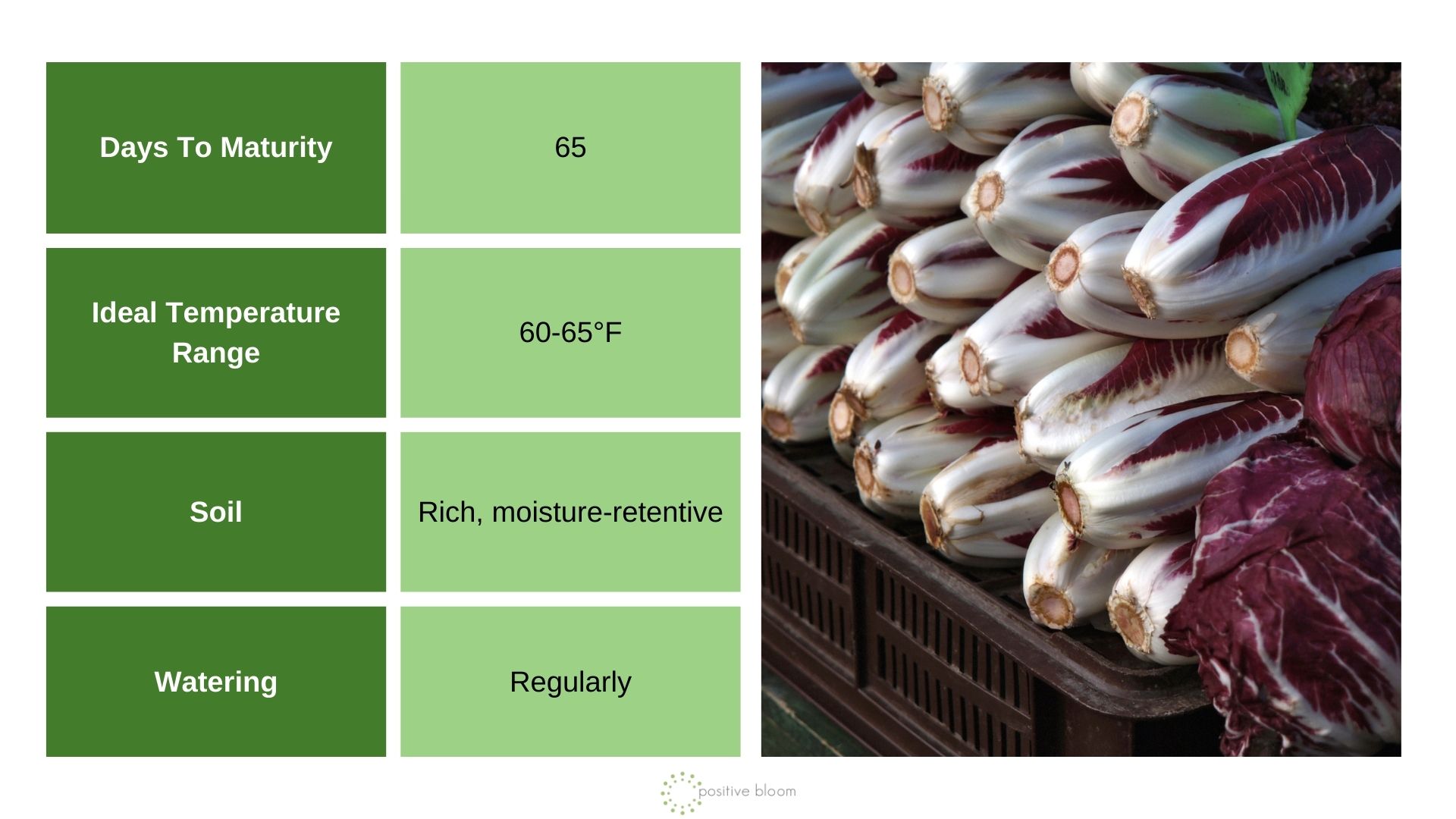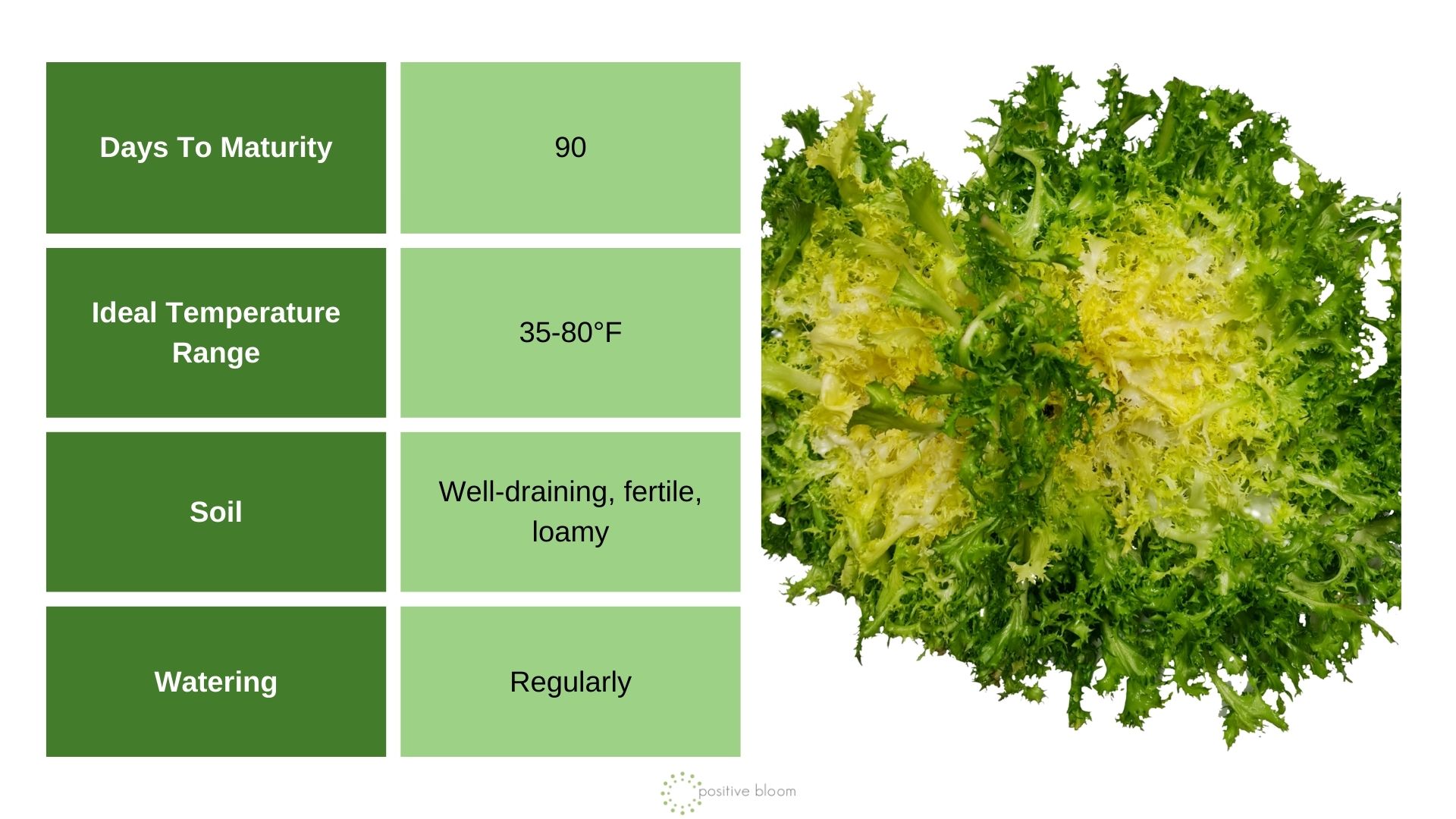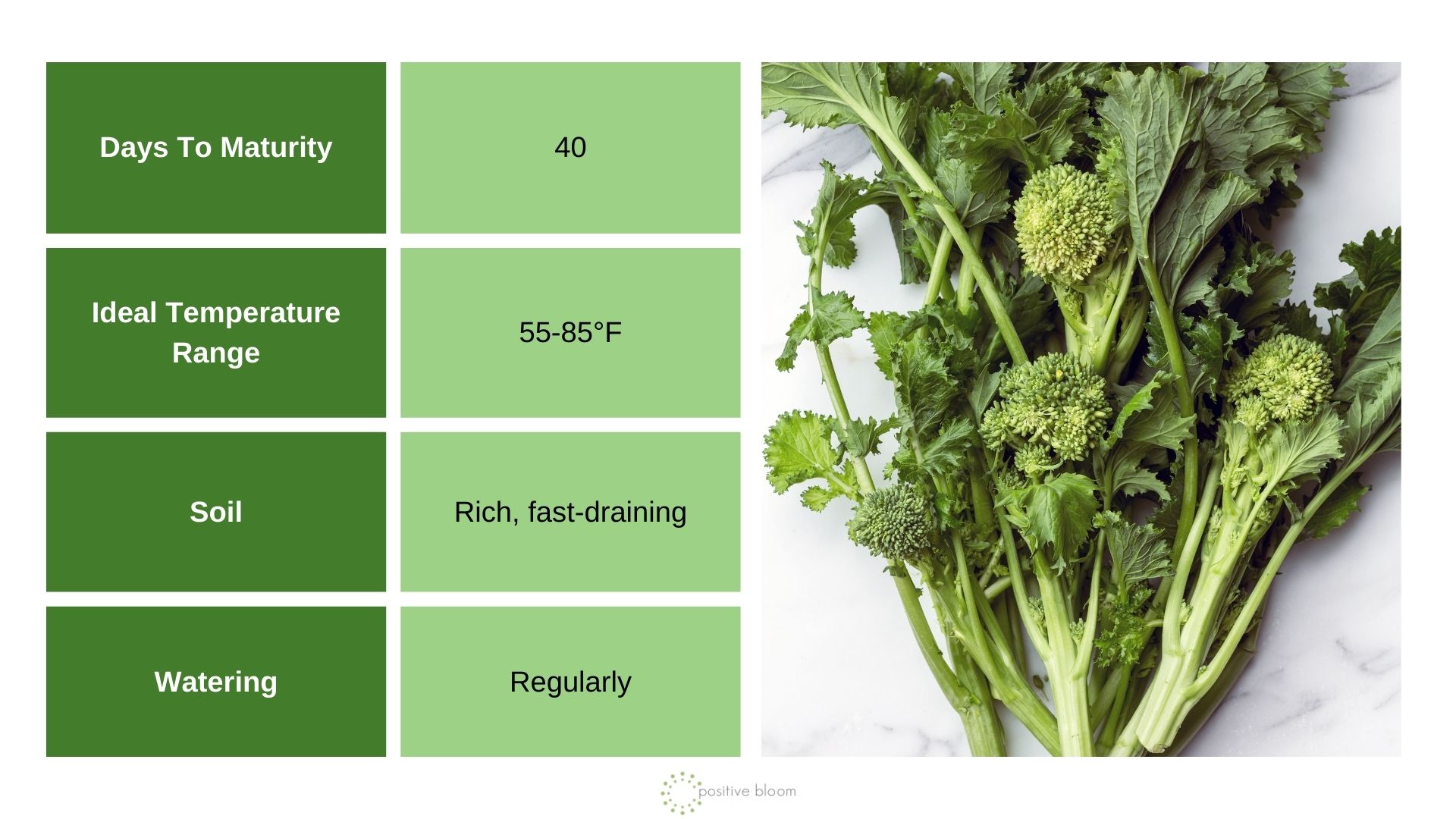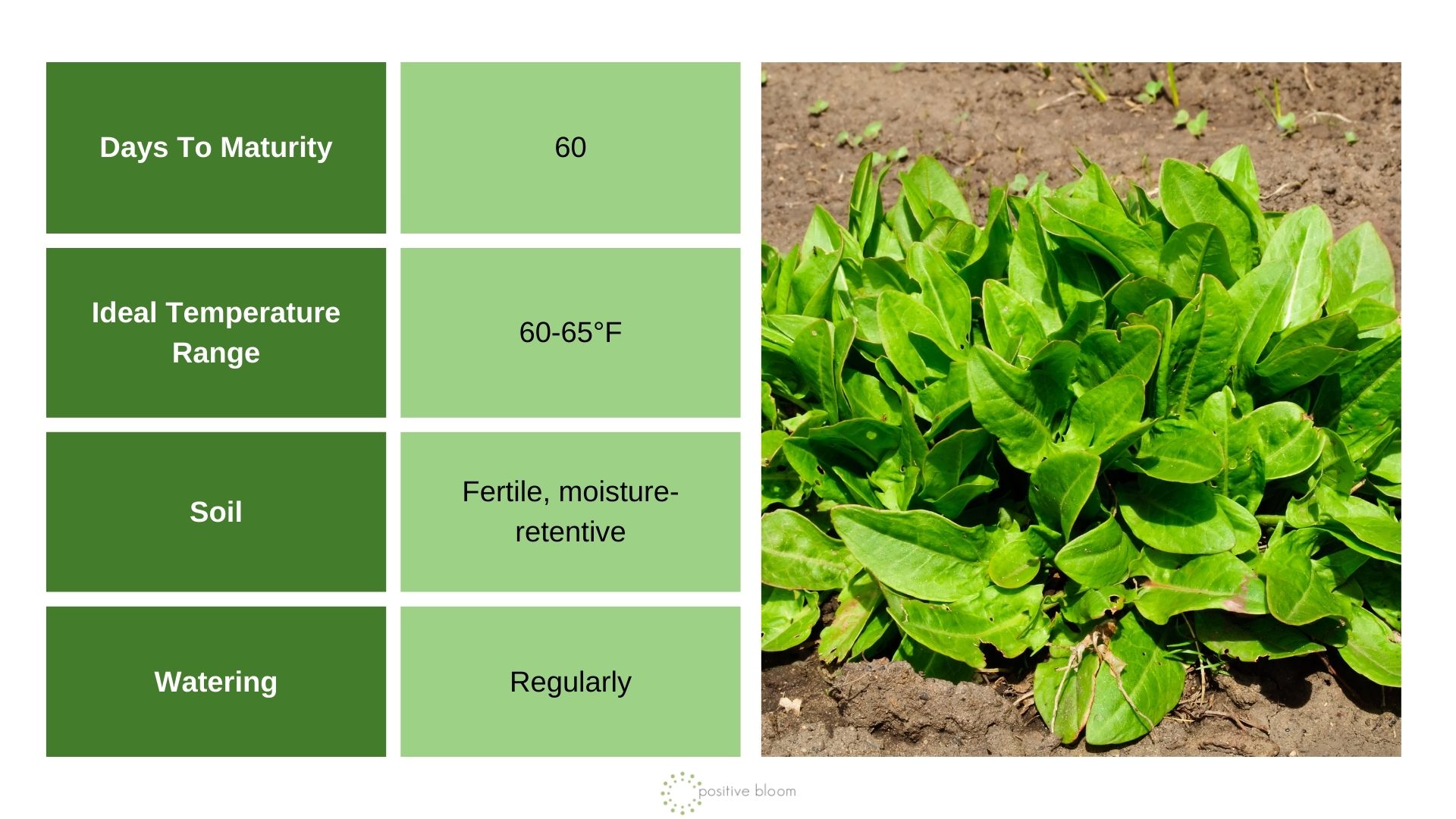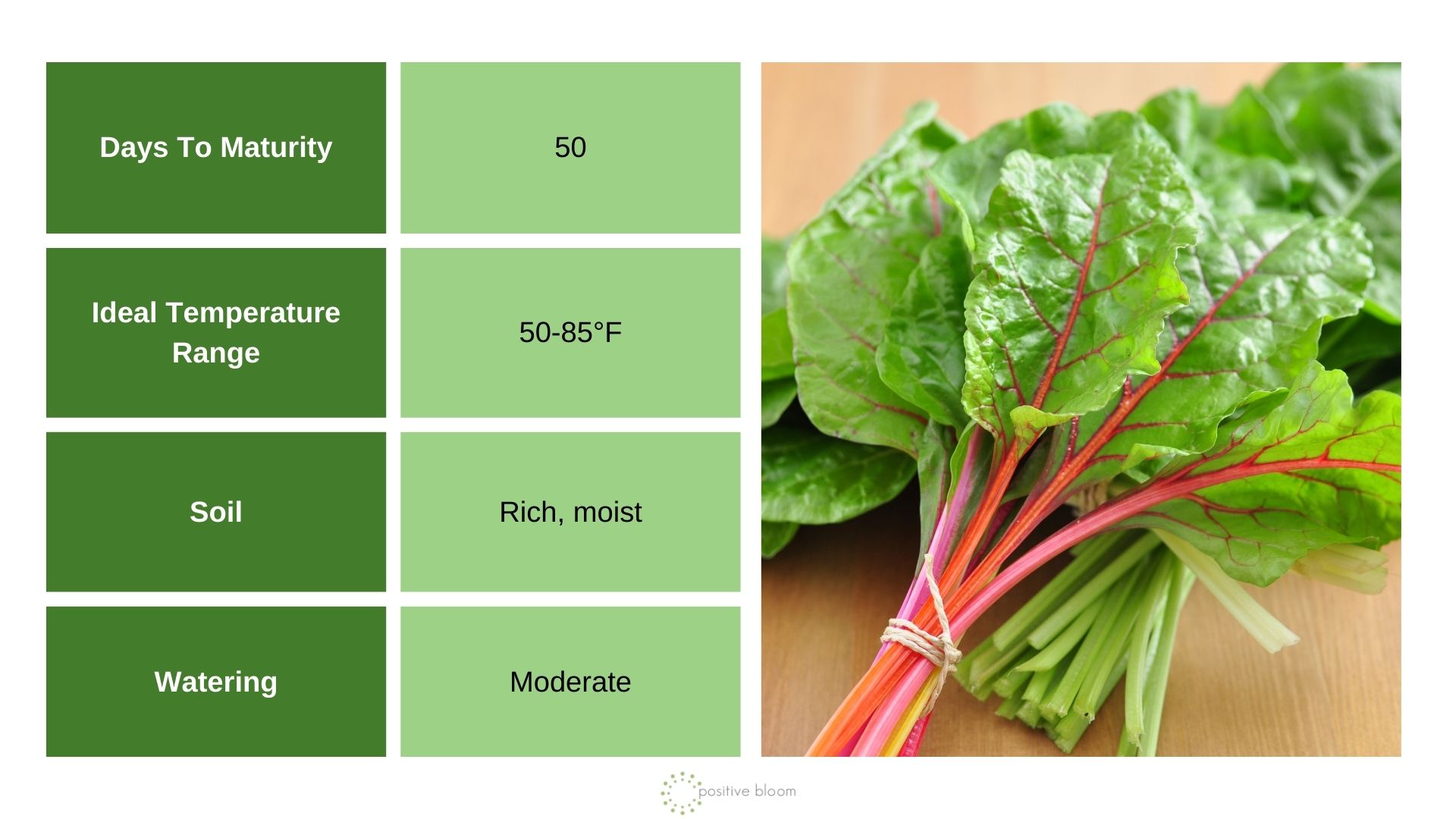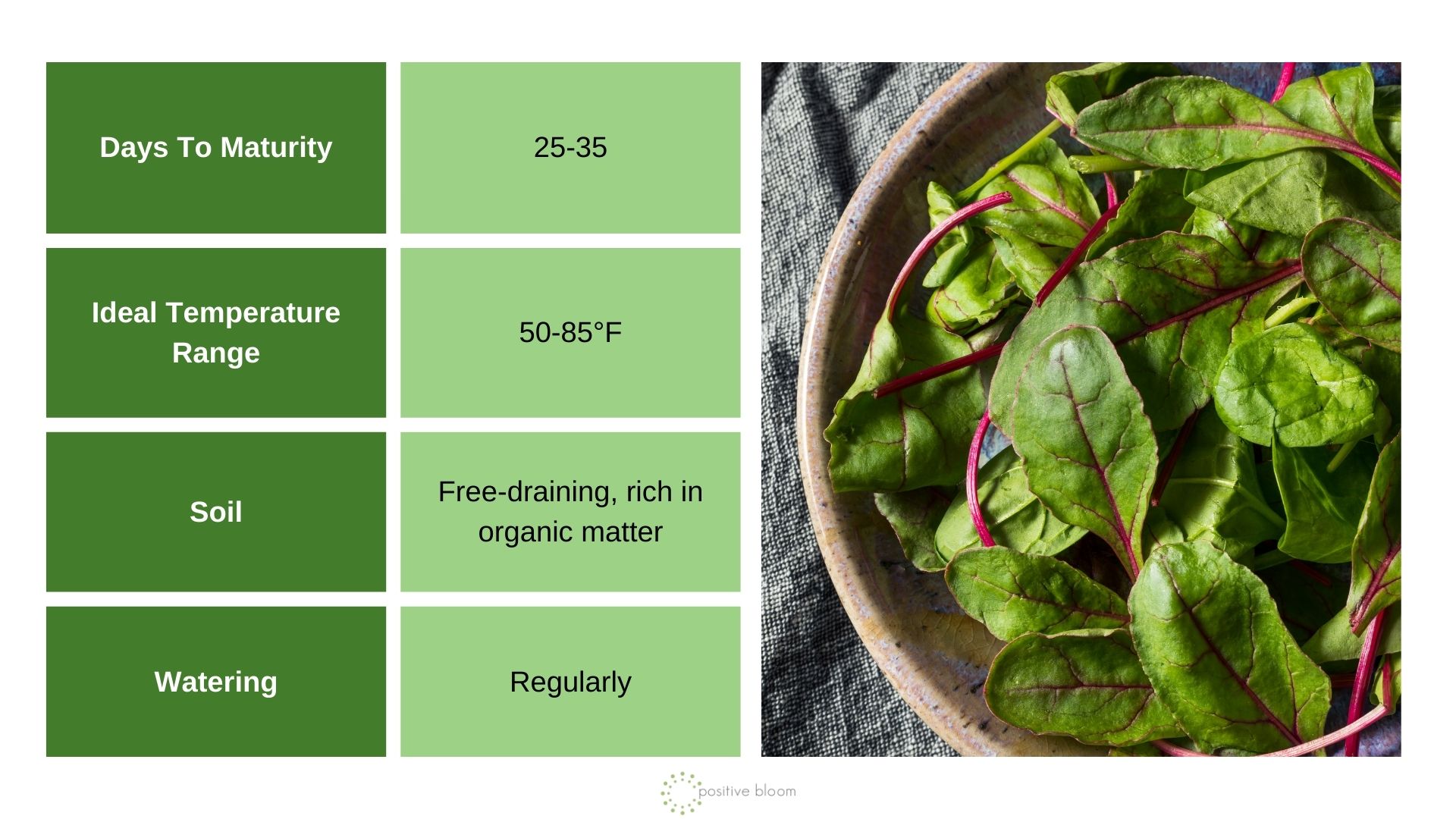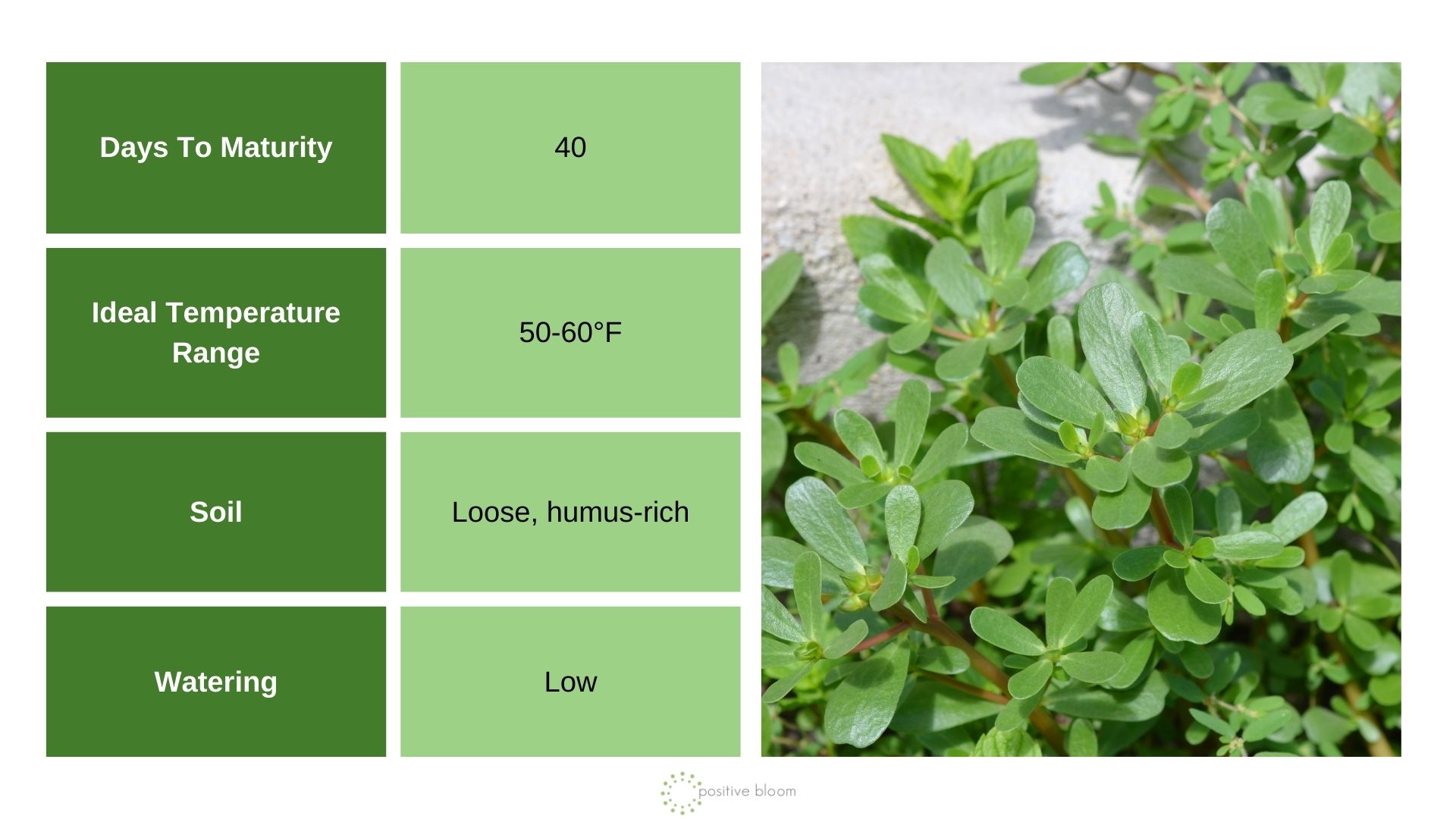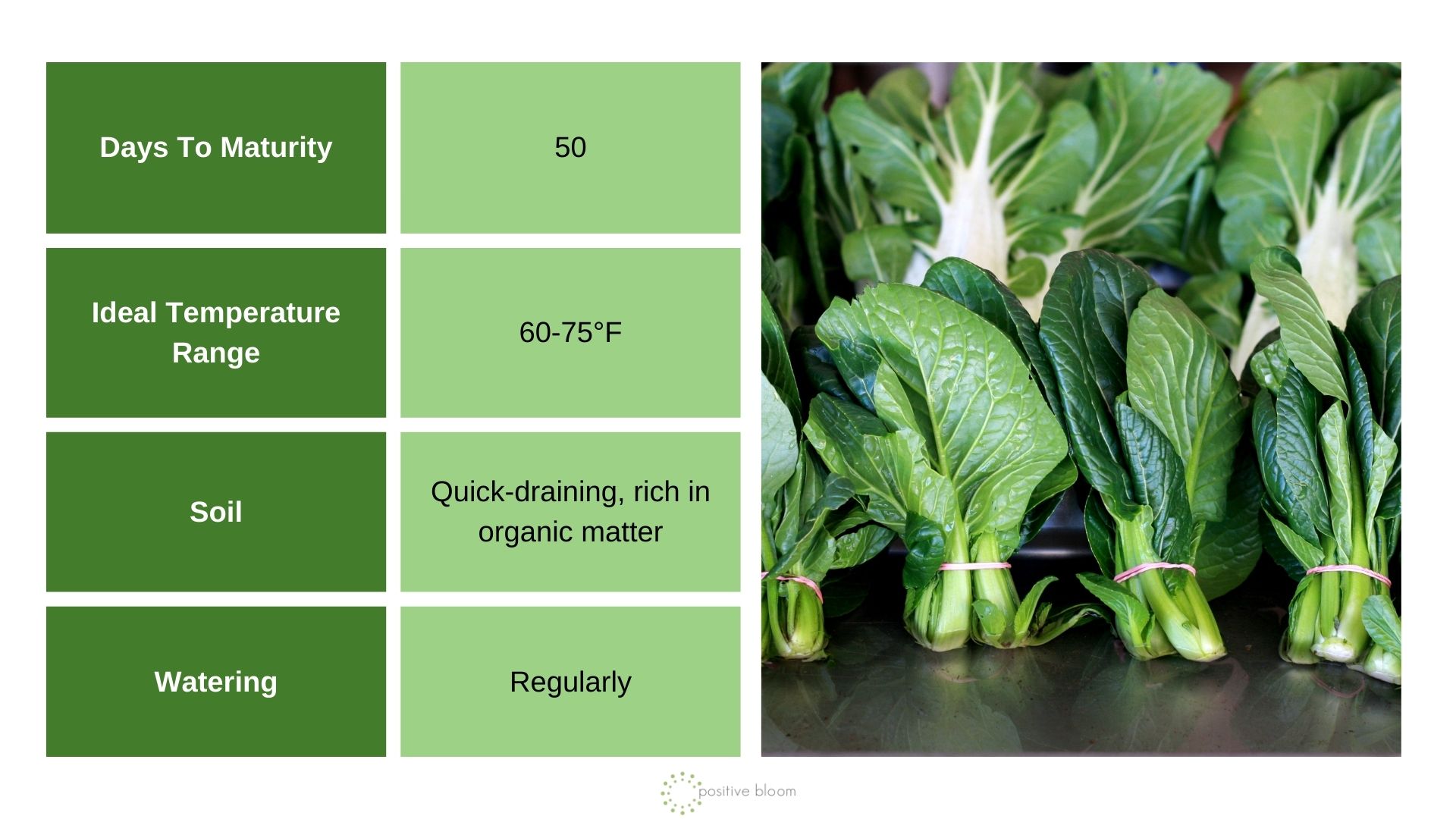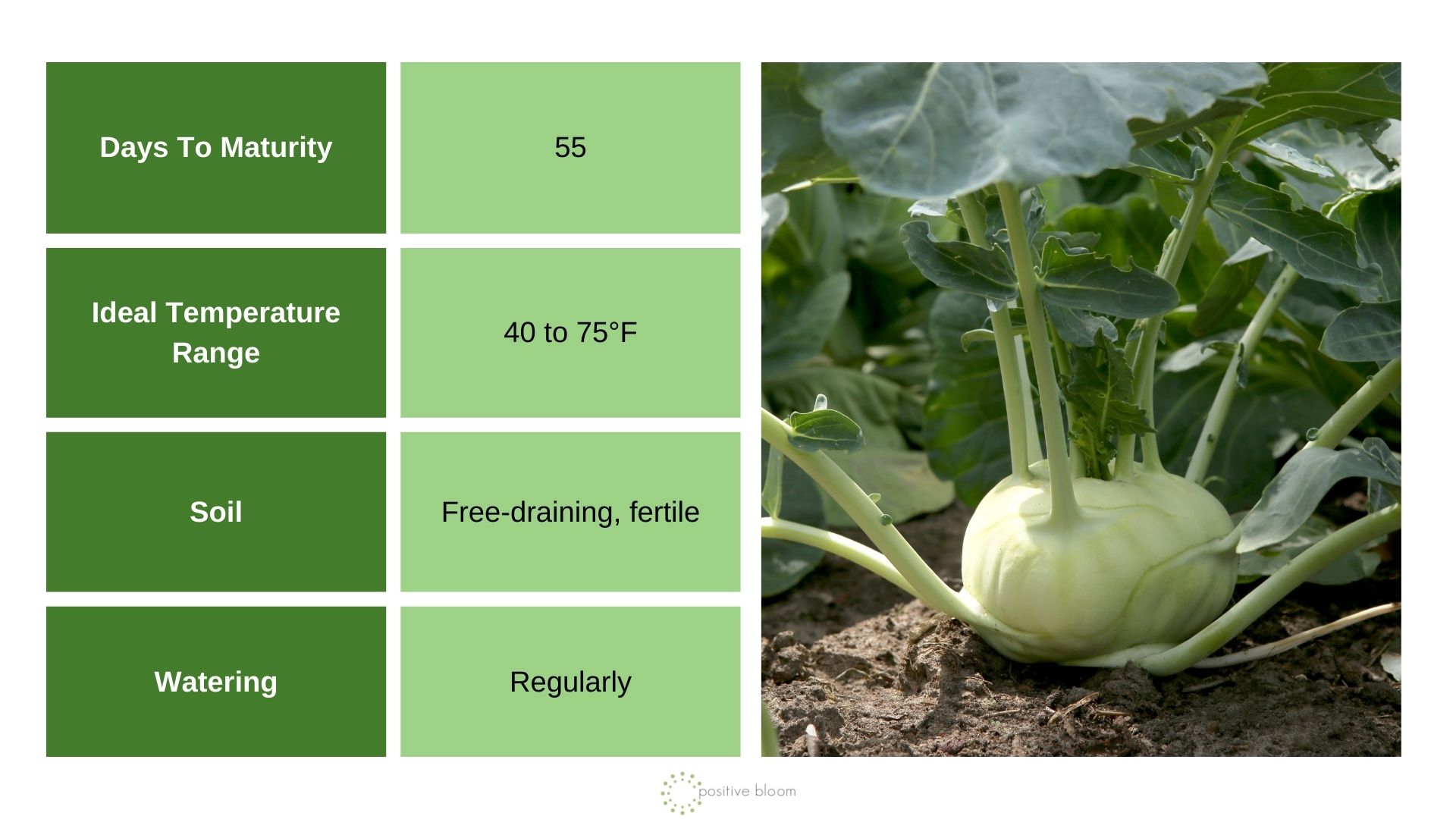As soon as the temperatures drop down and winter is around the corner, gardeners are rushing to complete all their chores. Green isn’t really associated with the winter period and many believe that greens can’t be cultivated during the colder months.
Well, believe it or not, some greens can grow even if covered with snow and produce an abundant yield.
In this article, I’ll show you the 22 best cold weather greens for winter gardens and give you some tips on how to keep them happy and healthy!
Let’s get started!
1. Arugula
If you’re a fan of spicy flavors, I highly recommend trying arugula. This leafy green is commonly referred to as rocket and has gained popularity in winter gardens for one simple reason.
Arugula cannot withstand high temperatures and can quickly bolt if grown during the summer months. Cool temperatures, on the other hand, won’t damage this plant, so you should consider adding it to your winter garden.
Additionally, a common arugula pest, the flea beetle, is less likely to attack this plant during the winter.
If you live in an area where temperatures drop as low as 14 degrees Fahrenheit, you should consider covering your arugula with floating row covers.
2. Collard Greens
One of the plants I link to winter dishes is collard greens. They taste heavenly in stews and, guess what? They’re cold-resistant!
These plants enjoy cooler temperatures and you can expect an excellent harvest in the colder months. If you live in a snowy region, I recommend covering your collard greens.
Flea beetles and cabbage loopers pose a threat to collard greens during warmer months. You don’t have to worry about these pesky pests in your winter garden.
If you have a smaller garden, don’t worry, collard greens make excellent veggies for container gardens.
3. Spinach
Those who grow spinach during the warmer months can face various problems, especially if they choose varieties prone to bolting.
The great thing about spinach is that it performs well in cooler temperatures. Greenhouse conditions are perfect for this plant but you can also protect it by insulating it with mulch or fabric grow tunnels. Snow doesn’t stand a chance in this case!
The only thing to pay attention to if you decide on spinach is the variety. Some varieties perform better than others in cooler weather conditions, so you should do some research before purchasing the seeds.
I recommend the Giant Winter and Winter Bloomsdale varieties; they have already been proven to grow well in cold temperatures.
4. Endive
Endive is a plant you’ll see in many gardens. However, the flavor of its tap roots and leafy tops make the plant a perfect choice. It does taste a little bitter, but adding some lemon juice to endive dishes will make it milder.
I have to mention that these plants have a slow growth rate, so you should be very patient when growing them. But trust me, it pays off because the harvest is bountiful and nothing can compare with the taste of freshly picked crops.
Endive is highly tolerant to low temperatures, so if you live in cold climates, this plant will do the best job!
5. Bok Choy
This unusual plant is a close cousin of cabbage, but the taste is milder and the leaves are softer to touch. If you like Asian dishes, bok choy is an excellent choice for your winter garden.
Unlike the above mentioned endive, bok choy is considered a fast-growing veggie and you can harvest the baby leaves in a matter of weeks after planting.
If you don’t want to start an outdoor winter garden, you can grow bok choy as a microgreen.
6. Kale
You shouldn’t be surprised to see kale on this list because these plants do well in all seasons. Frost isn’t too dangerous for kale growth but it would be good to add some protection, such as a grow tunnel or cloche.
One of the main reasons why kale makes an excellent plant for winter gardens is that common pests, such as aphids, won’t be attracted to it during this period.
There are numerous kale varieties to choose from, so it’s up to you and your preference for which one to grow. For instance, if you’re a fan of kale chips, the classic variety, aka curly kale, is the best choice.
On the other hand, if you need a variety that’s easy to work with when cooking, the dinosaur variety is the way to go.
If you want to add a pop of color to your garden, the Russian Frills Siberian will do the best job because of its stunning red and purple veins.
7. Escarole
This unusual plant is a close cousin of endive and features dark green, ruffled foliage. It has a rich buttery taste, which it will preserve only if grown in cooler temperatures.
High temperatures cause bolting in these plants and the taste becomes too bitter.
Its cold tolerance is pretty high but you should ensure protection if you live in cold areas for the best results. Installing floating row covers and ensuring about a foot of spacing between each plant will keep them happy and healthy during winter.
Sow the seeds directly in the ground and expect the harvest in approximately 85 days.
8. Mizuna
If you’re a fan of mustard greens, then consider adding mizuna to your winter garden. This is a Japanese mustard green, and what differentiates it from its cousin is its milder and sweeter taste.
It makes an excellent addition to salads and many people use it as an alternative to spinach. Mizuna will also add a special touch of beauty to your garden because some varieties come in gorgeous purplish-red colors.
One of the things that makes mizuna special is its fast growth rate. It typically takes 30 days to mature but you can harvest it even sooner if you grow it as a microgreen.
9. Mache
One of the most resilient greens to add to your winter garden is mache, commonly referred to as corn salad. Some gardeners even harvest mache under the snow.
Interestingly, this plant could only be found in the wild in the past. Its fantastic flavor made people start cultivating it in their home gardens in the 19th century.
The mache seeds won’t germinate in spring temperatures and, if they do, the plants will bolt as soon as the summer arrives.
10. Turnip Greens
Many people like the flavor of mature turnip crops. However, their greens are less popular even though they’re just as nutritious and flavorful.
If you live in the Southern US, you may have already tried the combination of turnip greens and bacon; if not, I highly recommend it!
Those impatient gardeners who can’t wait for mature crops to develop can pick the leaves way earlier.
These plants are commonly seen in spring and fall gardens but if you want fewer issues with notorious cabbage loopers, it’s better to plant turnips in your winter garden. Of course, if you live in cool climates, it’s a good idea to protect the plants.
And don’t forget that turnips make perfect greenhouse vegetables.
11. Mustard Greens
If you’re a fan of spicy flavors, mustard greens are perfect for your winter garden. But you can make the flavor milder if you cook them.
These plants are susceptible to bolting in warm temperatures and they can quickly go to seed. To avoid this, simply grow mustard greens in your winter garden.
12. Radicchio
If you want to make your winter garden more colorful, radicchio is the plant for you because of its purple color. However, these plants taste heavenly so they’ll also cheer up your cooking!
Even though there are some varieties that perform well in warm weather, the general recommendation is to keep them in cooler conditions.
You can sow the seeds every couple of weeks to get the best harvest. I also recommend thinning the seedlings so that there is about 8 inches of space between each plant. This will allow the plants to generate healthy and large heads.
Regular watering will improve the taste of your radicchio as well as its development.
13. Lettuce
The queen of leafy greens, lettuce, is more linked to warmer weather. While these plants perform well in warmer conditions, there are some varieties you can add to your winter garden.
Winter Wonderland and Tango have good tolerance to cold temperatures and can survive through winter in some regions.
Cloches, grow tunnels, and other ways of protection for overwintering will help you get delicious lettuce on your table.
You can also grow your lettuce indoors but don’t forget to provide it with enough bright light.
14. Frisée
Here’s another endive variety that will add a special touch to your outdoor garden and your winter dishes.
Its feathery foliage has a bitter flavor which will definitely take your salads to the next level. This plant takes about 90 days to be ready for harvest but it’s worth waiting since the yield is really abundant.
The seeds of this plant most likely won’t germinate in warmer temperatures, which is actually good news for those who have cool-season gardens.
Make sure to plant your frisée in a fertile soil amended with free-draining materials and give it a lot of bright light.
15. Cabbage
I’m sure you expected to see cabbage on this list. This plant is characterized as a cool-weather crop and many growers plant it in the spring or fall.
However cool temperatures and even snow don’t cause any damage to cabbage growth, so you can add this plant to your winter garden.
This cruciferous veggie is commonly seen in self-sustainable gardens and the main reason is cold resistance. As an added bonus, these plants have a long shelf life, so you can enjoy their amazing flavor for a long time.
16. Broccoli Rabe
If you haven’t heard of broccoli rabe, maybe rapini rings a bell. It’s a non-heading variety of broccoli and is native to Italy.
Rapini is a versatile plant and you can grill, saute, roast, and steam it but it also tastes amazing if added fresh to salads.
You should start harvesting your broccoli rabe when its stems are still young. Don’t allow these plants to enter the flowering stage because it will affect the flavor.
Some gardeners try to grow rapini in their spring gardens, but this plant bolts quickly and the temperatures shouldn’t be really high for bolting to occur.
Flea beetles love the taste of broccoli rabe so if you don’t want these nuisances to invade, grow the plant in your winter garden.
17. Sorrel
Not many growers know that sorrel can be cultivated in home gardens. But these perennials are actually easy to maintain and, best of all, they’ll come back year after year!
Believe it or not, you can get a good harvest from a single seed. The flavor is tangy and improves the taste of every salad.
The most common variety is the captivating Bloody Dock with its light green leaves and prominent red veins.
18. Swiss Chard
Brightly colored Swiss chard stems are true winter garden gems! If you want to decorate your winter garden, this plant is definitely the best choice.
The colors will remain even after cooking, so winter dishes will get a special touch of beauty.
Golden Sunset, Bali, and Bright Lights are some of the green Swiss chard varieties, so pay attention when purchasing the seeds.
One of the things you should be careful about when it comes to Swiss chard is its ability to attract deer. If you want some leaves for yourself, you’d better ensure some protection from these animals!
19. Beet Greens
Similarly to turnips, beets are commonly grown for their roots, not for the greenery. However, the leaves have an amazing flavor and, best of all, you don’t need to wait for too long to harvest them.
Beets are typically grown in spring or fall, but you can successfully overwinter them if you ensure some protection. Floating row covers or straw mulch are your allies in this case.
Don’t forget to thin these plants because not doing so is a common beetroot mistake that leads to various issues.
20. Winter Purslane
Winter purslane has a lot of health benefits (1) and definitely deserves a spot in your winter garden.
The flavor is mild and makes a perfect addition to common winter salads. Another amazing thing about winter purslane is that it keeps growing even after you snip off a couple of leaves.
This means that you can enjoy the flavor for a long time without planting new plants.
Even though winter purslane can tolerate mild frost, it’s better to protect it with floating row covers or cloches.
This is an open-pollinated plant so you can collect the seeds and have new crops for free!
21. Tatsoi
If you love Asian cuisine, consider adding tatsoi to your winter garden. Commonly referred to as spoon mustard, tatsoi can develop healthily in your outdoor garden if you live in cooler regions.
However, if you live in an area with harsh winters, you should protect your tatsoi with grow tunnels or a layer of mulch.
22. Kohlrabi
This is a common veggie that grows under the ground but you can harvest and eat its greens.
If you want to add kohlrabi to your garden, you should choose purple varieties because they tolerate colder temperatures.
These varieties have a slower growth rate than their relatives, but patience does pay off!
Well, don’t give up on your winter garden! The greens I showed you above won’t mind the cold temperatures. And there is always a way to protect them and ensure healthy growth and a good harvest!
References
1. Uddin, M. K., Juraimi, A. S., Hossain, M. S., Un Nahar, M. A., Ali, M. E., & Rahman, M. M. (2014). Purslane Weed (Portulaca oleracea): A Prospective Plant Source of Nutrition, Omega-3 Fatty Acid, and Antioxidant Attributes. The Scientific World Journal, 2014

